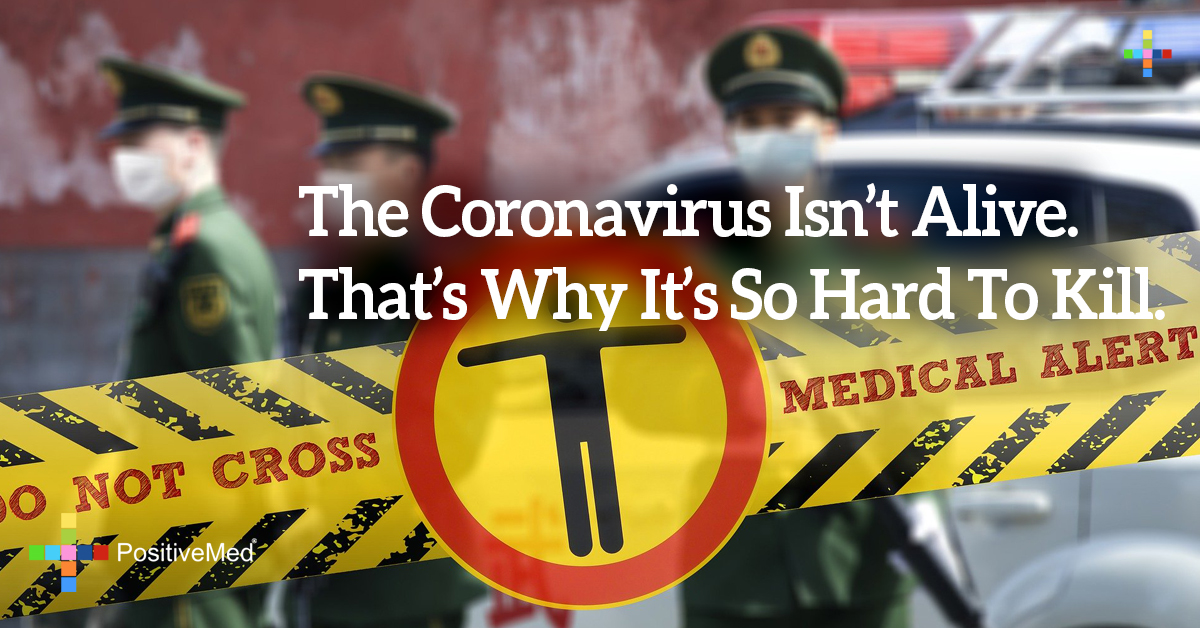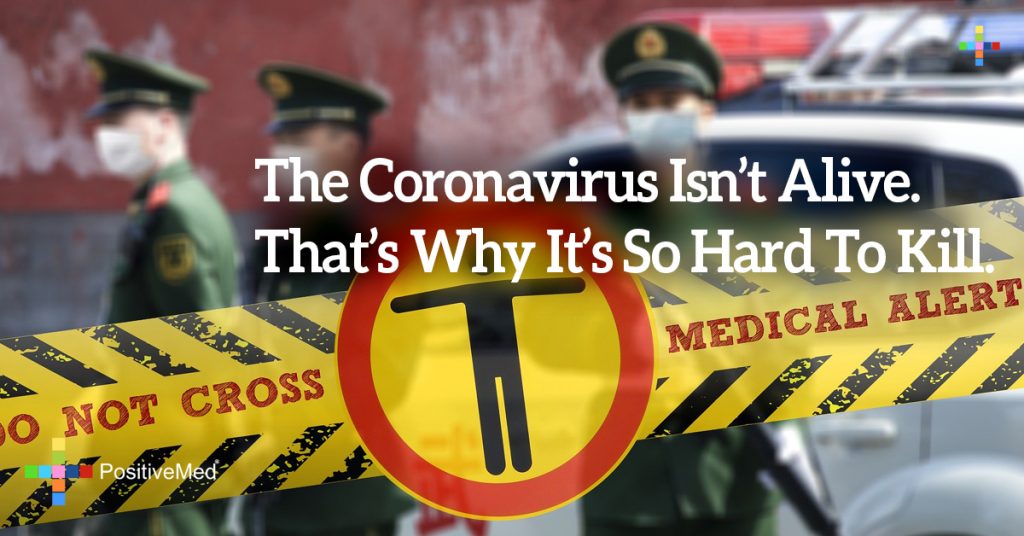The dark secret behind the novel coronavirus’s actions is that it isn’t a living organism. Maybe that’s what makes it so sneaky and difficult to defeat? The main hero of today’s press is a small infectious agent that replicates only inside the living cells of an organism. It encodes its genetic material in RNA. In other words, coronavirus is just a little more than a packet of genetic material, surrounded by a spiky protein shell, one-thousandth the width of an eyelash. But its power is undeniable! By 26th March 2020, the COVID-19 sickened 350,000 and killed more than 15,000 people. We already know that SARS-CoV-2 will radically transform the U.S., we are only not yet sure which parts of it will suffer most.

More about the little livings (or non-livings) called viruses
Viruses are responsible for the most destructive outbreaks of the past 100 years: the cases of flu (1918, 1957 and 1968), SARS, MERS, and Ebola. They are all zoonotic, which means that they jumped from an animal population into humans. It appears that viruses can infect all types of life forms, from animals and plants to microorganisms, including bacteria and archaea.
With their zombie-like existence, they are barely considered a living organism. They appear to be a life form because they carry genetic material, reproduce, and evolve through natural selection. However, they lack key characteristics, such as cell structure, generally considered necessary to be treated as a living organism. They also possess some “living” qualities, though. Viruses are described as “organisms at the edge of life” and replicators. It makes them easy to catch, but hard to kill at the same time. Gary Whittaker, a Cornell University professor of virology puts it: “Viruses are switching between alive and not alive” and “are somewhere between chemistry and biology”.
Everything for survival
Viruses have spent billions of years perfecting the art of surviving without the actual living. They know exactly how to cope with this situation. We can see during the new coronavirus pandemic that this strategy is so effective that it makes them a potent threat worldwide. However, outside a host, viruses are dormant. They have none of the traditional life features: metabolism, motion, ability to reproduce. When it gets into a human airway, the virus hijacks cells of an invaded organism to create millions of more versions of itself. As we can observe, this mechanism is sneaky enough to wreak havoc worldwide. The word “virus” comes from the Latin “neuter virus” referring to poison and other noxious liquids.
Where do they live and where do they come from?
The new coronavirus brought global society to a screeching halt, but viruses exist wherever there is life and probably have since living cells first evolved. Their origin is unclear because they don’t form fossils. Only molecular techniques can be used to investigate how they arose. What’s more, viral genetic material occasionally integrates into the germline of the host organisms. This way, they can be passed on vertically to the offspring of the host for many generations. For paleo-virologists, this provides an invaluable source of information to trace back ancient viruses, up to millions of years ago. Three main hypotheses try to explain the origins of viruses, but none of them is confirmed yet. In the meantime, researchers race to develop drugs and vaccines.
What is coronavirus actually doing in our organisms?
How does it work? Coronavirus pathogens find easy transfer in humans without their knowledge. Now, before the first host even develops symptoms, a virus is already spreading its replicas. It’s pretty genial! People often pass it to others before they even know they have it. On one hand, the new coronavirus is powerfully deadly in some infected people. On the other, it’s mild enough in others, so it manages to escape from the total containment. Respiratory viruses replicate in the nose and throat, where they are highly contagious, or in the lungs, where they spread less easily, but are much more deadly. SARS-CoV-2 dwells in the upper respiratory tract, where it’s easily spread on the next victim by sneezing or coughing.






